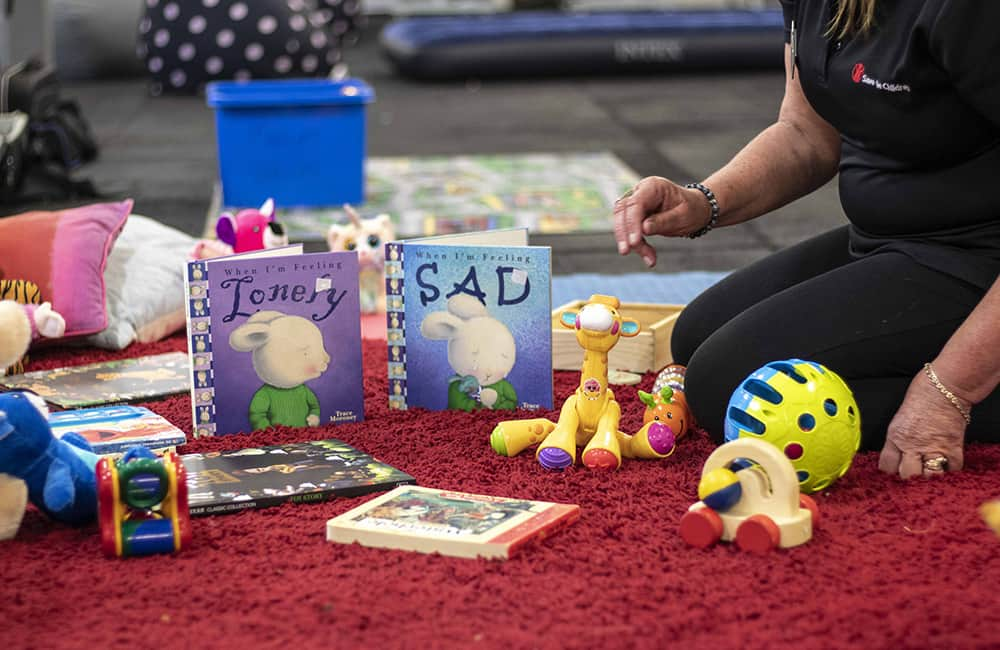Giving children a safe space through the bushfires
The scale of the bushfire crisis has shocked and devastated the country. Children who have been forced to evacuate have borne the brunt of distress, disruption and uncertainty. Supporting children through this crisis, helping them express what they’re feeling, and ensuring they are safe and protected has been a priority for Save the Children during this emergency.
Alongside fire agencies and first responders, Save the Children is in some of the worst affected areas giving children and parents some relief in evacuation and recovery centres.
In Wagga Wagga, Bairnsdale, Albury, Bega, Wangaratta and Morwell, we set up Child Friendly Spaces so that children could have a place to play, laugh and socialise. And so that parents could have some respite, and deal with things like securing accommodation or dealing with insurance or government services.

Sacha Myers/Save the Children
From fearful to having fun
Gina is a Program Coordinator with Save the Children and supported children at the Bairnsdale evacuation centre. Many of the children have shared their worries and fears with her. “Some of the things children have seen have been really frightening. Some children have had to leave their animals at home and didn’t know if they were coming back and if the animals would still be there. They’ve seen the military, fire and emergency services come in and set up in their towns and they have not known what the next day will bring.”
The Child Friendly Space in Bairnsdale was set up with a range of activities to cater for all children, from babies to teenagers to be able to play and relax. “They can play out some of their worries and their trauma,” explains Gina. “We have lots of sensory items such as playdough and soft toys that children can feel and ground themselves with to feel better. And we’ve found too is that they can just be sitting on the mat with another child or another family and they will say things like ‘did your house burn? Did you see fire?’ And having [their experiences] normalised and talking about it matter-of-factly with other children is really beneficial for them and to hear that other children have had the same experience.”
Expressing their emotions